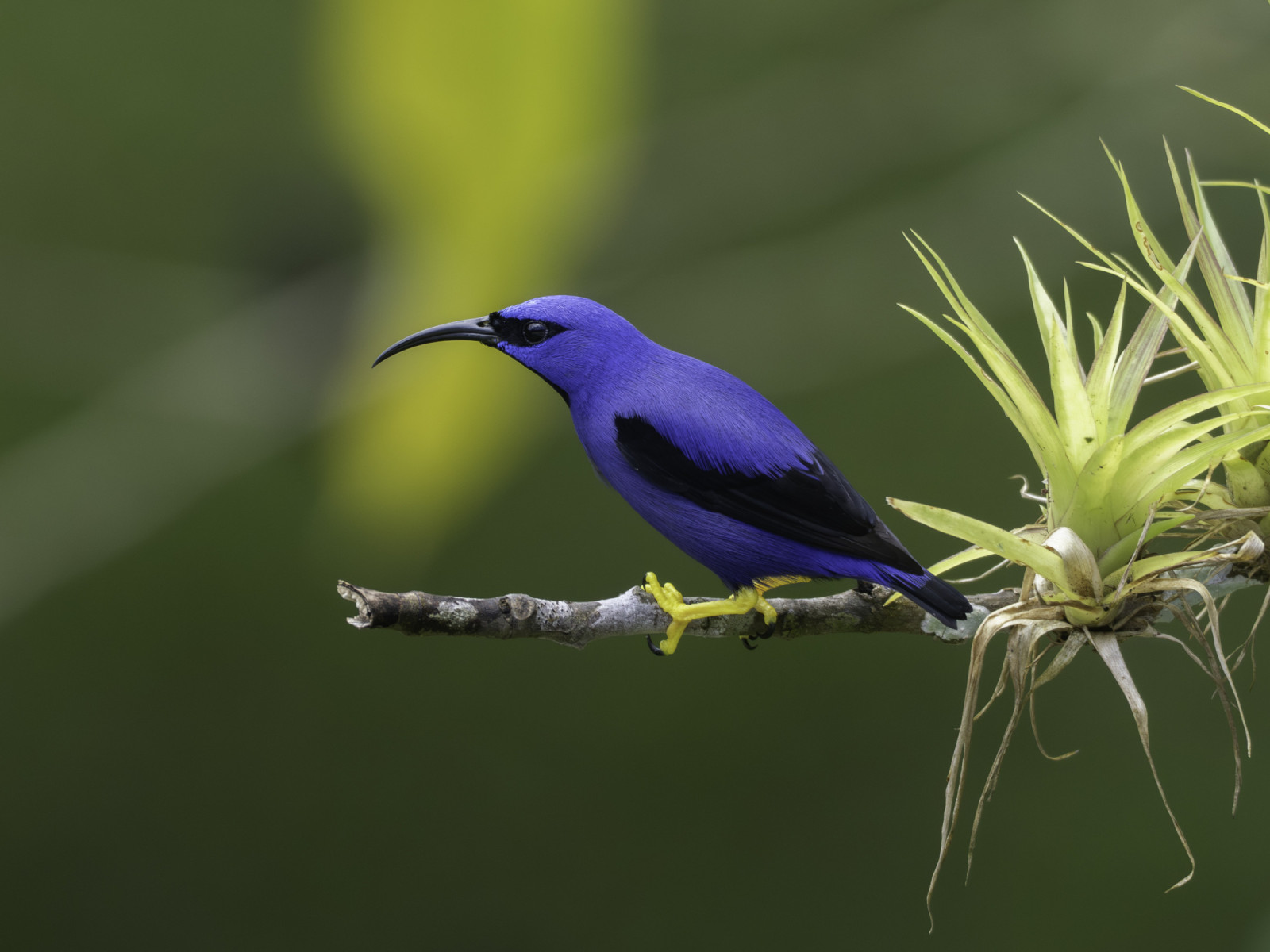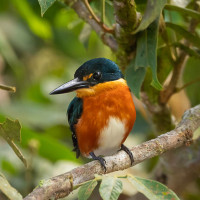Beschreibung
Caroni Swamp is an estuarine system comprising 5,611 hectares of mangrove forest and herbaceous marsh, interrupted by numerous channels, and brackish and saline lagoons. The swamp has been designated a Ramsar site since 1971. Caroni Swamp is considered to be one of the most famous bird and wildlife watching sites in the islands.
The Scarlet Ibis travels to Venezuela every day from the Caroni Swamp. The distance between the swamp and the mainland of Venezuela is about 11 miles. During the evening, the Scarlet Ibis returns to the swamp where it roosts in the mangrove trees. Many other species of birds can be seen besides Scarlet Ibis. Caroni Swamp is home to over 180 bird species. Birds such as Great Egret coming in to roost and in recent times American Flamingo too. Many long distance migratory North American birds can also be seen during the non-breeding season. Many other fauna of interest are also present, including caimans, bats, snakes and insects.
Details
Zugang
The Caroni Swamp is is located on the west coast of Trinidad, south of Port of Spain and northwest of Chaguanas, where the Caroni River meets the Gulf of Paria. The only way to visit Caroni Swamp and see the roosting birds is by a boat tour. Nanan's Bird Sanctuary Tours (see the link to their website below) provide a range of options by boat to view the wildlife, and the founders where responssible fore the establishment and protection of the site.
Terrain und Habitat
Wald , Feuchtgebiet , SeeBedingungen
SumpfigRundweg
JaIst ein Spektiv nützlich?
NeinGute Beobachtungszeit
GanzjährigBeste Beobachtungszeit
FrühjahrSchwierigkeitsgrad der Tour
EinfachErreichbarkeit
BootBeobachtungshütten oder -türme
JaLinks
- Caroni Swamp - eBird Hotspot
- Caroni Swamp Wikipedia Article
- Caroni Swamp Bird Sanctuary - Nanan's Boat tours

 wikimedia andy Morffew.jpg)
